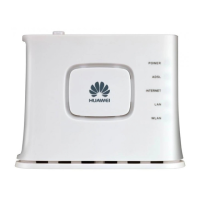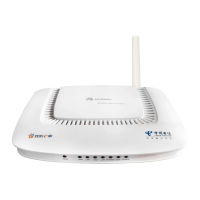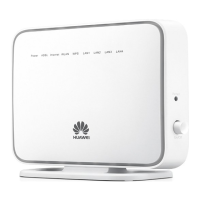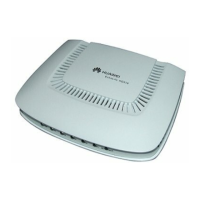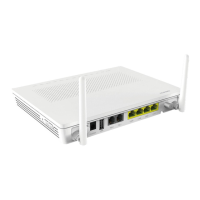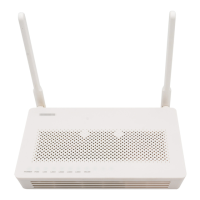Why can't I access the internet with my Huawei Gateway?
- Jjoshua87Jul 30, 2025
If you're unable to access the internet with your Huawei Gateway, first ensure that none of the other common issues (like power, ADSL, LAN, WLAN, or USB lights being off) are the cause. Then, verify that your PPPoE dial-up application is correctly installed and configured. Double-check that you've entered the correct User ID and password. If you've successfully dialed up but still can't connect, ensure the Proxy server on your browser is disabled. Finally, try connecting to different websites to rule out a problem with a specific website's server.



